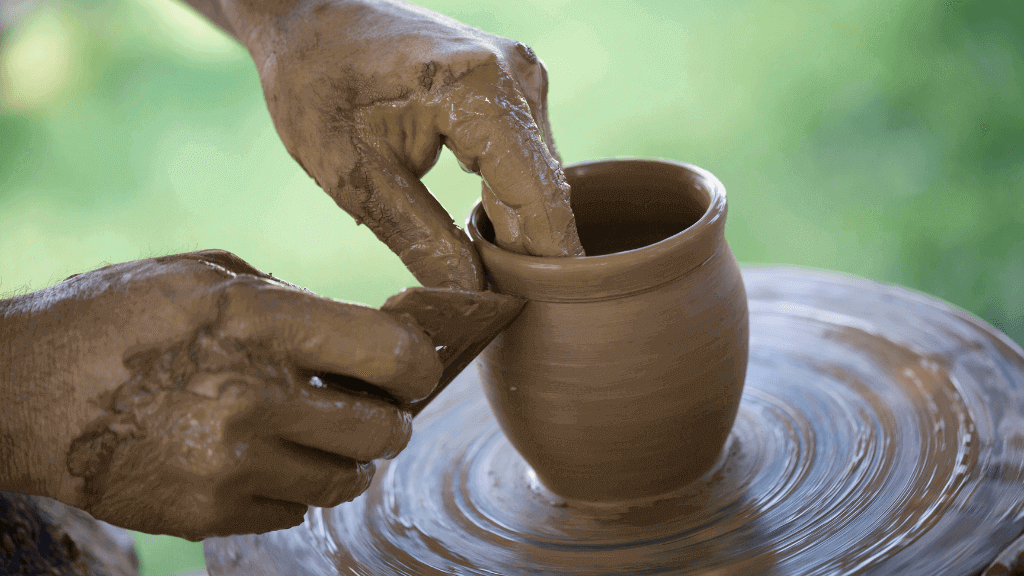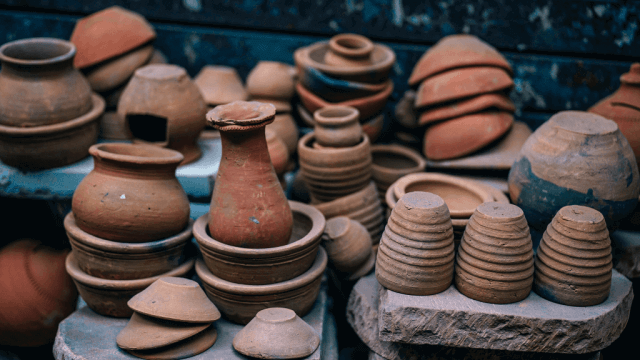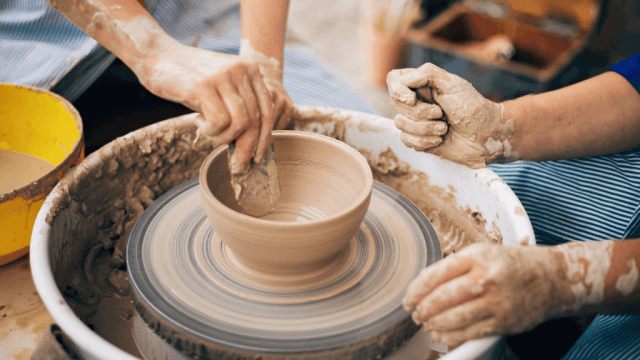Pottery clay can be frozen, but it is important to note that not all clay bodies and glazes are created equal. Clay typically freezes at the freezing point of water, which is 32⁰F , and when exposed to extremely cold temperatures, clay and glaze will freeze. Freezing pottery can cause cracks on the clay due to water particles expanding and pushing clay particles apart. However, frozen clay can still be used again if it has not been damaged by the freezing process.
What are some common methods for freezing pottery and how do they affect the quality of the material?
Common methods for freezing pottery include slicing the clay into smaller pieces and storing it in a cold climate. Freezing can cause water to expand, which can affect the quality of slips, clay, and glazes. Glaze components are often in fine powdered form, resulting in high dust exposures. Freezing is one of the oldest and most widely used methods of food preservation, allowing preservation of taste, texture, and nutritional value. To ensure safety when freezing pottery, it is important to ask suppliers if “low free silica” clay bodies are available and avoid hazardous compounds when coloring clay bodies.
Are there any specific types of pottery that should not be frozen, and why?
Earthenware and mid-fire stoneware can be frozen, but high-fire stoneware should not be frozen as it can cause the clay to crack. Glazes can also be frozen, but not all glazes can withstand freezing equally. Frozen clay and glaze can still be used, although some potters may assume that it is damaged goods.
How long can pottery be safely stored in a freezer before it begins to degrade?
Pottery clay can become “extremely short” when frozen , with glazes typically freezing at 28°F (2°C). Clay typically freezes at 32°F (0°C) , and glazed pottery is not recommended for dishwashers. Cannabis should be stored in a cool, dry place to preserve freshness.
Are there any special considerations for thawing frozen pottery, such as gradual temperature changes or specific thawing environments?
When thawing frozen pottery, it is important to use gradual temperature changes and a specific thawing environment. This will help prevent dangerous microorganisms from growing and ensure that the freeze-thaw action does not cause weathering of the pottery.
Can freezing pottery actually improve its durability or resistance to damage?
Freezing pottery can cause cracks due to the expansion of water particles , and so it is not recommended as a way to improve its durability or resistance to damage. However, certain clays with low porosity (under 5%) are considered resistant to freeze/thaw failure. Tests have been conducted on traditional ceramic masonry units to evaluate their frost impact , and research has been done on improving the frost resistance of roof tiles beyond current standards. Additionally, studies have been conducted on the effect of extreme arctic cold on materials such as compression strength.











